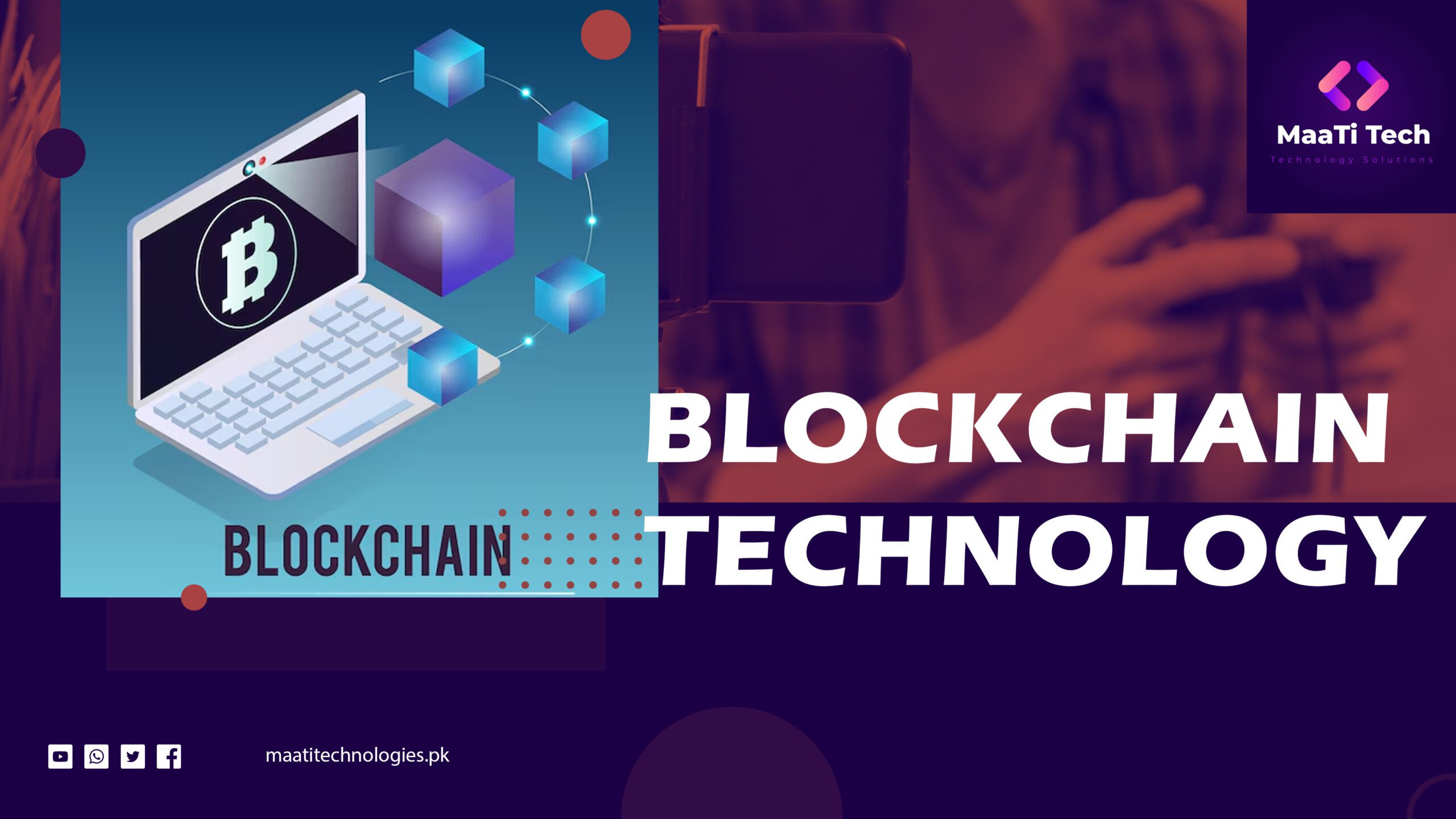Blockchain Technology: A Comprehensive Guide
In recent years, blockchain technology has emerged as one of the most revolutionary innovations in the digital age. But what exactly is blockchain technology, and why is it garnering so much attention? In this comprehensive guide, we’ll explore the fundamentals of blockchain, its benefits, and its future potential. Whether you’re a tech enthusiast or a novice seeking to understand the hype, this article will provide clear insights and valuable information.
Table of Contents
Table of Contents
1. Introduction to Blockchain Technology

What is Blockchain Technology?
At its core, blockchain technology is a decentralized digital ledger that records transactions across multiple computers in a way that the registered transactions cannot be altered retroactively. Imagine a digital ledger that operates as a chain of blocks, where each block contains a list of transactions. Once a block is added to the chain, it becomes a permanent part of the record.
The technology was first conceptualized in 2008 by an individual or group under the pseudonym Satoshi Nakamoto as the foundation of Bitcoin. Since then, its applications have expanded far beyond cryptocurrency.
How Blockchain Works
Blockchain operates on a peer-to-peer network where each participant maintains a copy of the ledger. Here’s a simplified breakdown of how blockchain technology works:
- Transaction Initiation: A user initiates a transaction.
- Block Creation: The transaction data is bundled with other transactions into a block.
- Consensus Mechanism: The network validates the block using consensus algorithms like Proof of Work (PoW) or Proof of Stake (PoS).
- Block Addition: Once validated, the block is added to the existing blockchain.
- Confirmation: The updated ledger is shared across all participants, ensuring everyone has the same record.
This decentralized approach enhances security and reduces the risk of tampering or fraud.
2. Key Benefits of Blockchain Technology
Blockchain technology offers a range of advantages that extend across various sectors. Here are some of the most significant benefits:
Enhanced Security
One of the most compelling advantages of blockchain technology is its robust security. Because transactions are verified by multiple nodes (computers) in the network, and once added, blocks cannot be altered without altering all subsequent blocks, it becomes extremely difficult for malicious actors to tamper with the data.
- Cryptographic Hash Functions: Each block is linked to the previous one using a cryptographic hash function, ensuring data integrity.
- Decentralization: The lack of a central authority reduces single points of failure, making the system more resilient to attacks.
Improved Transparency
Blockchain technology promotes transparency by providing a public ledger of all transactions. This means that anyone with access to the blockchain can view and verify transactions, enhancing trust among participants.
- Immutable Records: Once recorded, transactions cannot be changed, ensuring that the history of transactions is transparent and traceable.
- Auditable Data: Public blockchains allow for real-time auditing, which can prevent fraud and ensure compliance.
Increased Efficiency
Traditional systems often involve intermediaries that can slow down processes and add complexity. Blockchain technology eliminates the need for intermediaries by allowing direct peer-to-peer transactions.
- Faster Transactions: Blockchain can significantly speed up transaction processing times, especially in cross-border payments.
- Automated Processes: Smart contracts automate complex processes, reducing the need for manual intervention.
Cost Reduction
By removing intermediaries and reducing the need for manual oversight, blockchain technology can lead to substantial cost savings.
- Lower Transaction Fees: Peer-to-peer transactions typically incur lower fees compared to traditional banking systems.
- Reduced Administrative Costs: Automated processes and smart contracts reduce administrative overhead.
3. Applications of Blockchain Technology
Blockchain technology is not limited to cryptocurrencies. Its versatility means it can be applied across various industries:
Financial Services
The financial sector has been one of the early adopters of blockchain technology. Banks and financial institutions use blockchain to streamline processes and improve security.
- Cross-Border Payments: Blockchain facilitates faster and cheaper international money transfers.
- Smart Contracts: These automated contracts can execute transactions based on predefined conditions.
Supply Chain Management
Blockchain can revolutionize supply chain management by enhancing transparency and traceability.
- Product Tracking: Blockchain allows real-time tracking of goods from production to delivery, ensuring authenticity and reducing fraud.
- Inventory Management: Automated updates and reconciliations improve inventory accuracy.
Healthcare
In the healthcare sector, blockchain technology can address issues related to data security and patient privacy.
- Patient Records: Blockchain can securely store and share patient data, ensuring privacy while facilitating access for authorized personnel.
- Drug Traceability: Blockchain can track the provenance of pharmaceuticals, helping to combat counterfeit drugs.
Voting Systems
Blockchain technology offers a potential solution to issues related to voting security and fraud.
- Secure Voting: Blockchain can provide a transparent and tamper-proof voting system, increasing trust in election results.
- Voter Verification: Blockchain can streamline voter registration and verification processes.
4. The Future of Blockchain Technology
The future of blockchain technology is bright, with ongoing developments and innovations expected to drive its adoption across various sectors. However, there are also challenges that need to be addressed.
Emerging Trends
Several trends are shaping the future of blockchain technology:
- Interoperability: Efforts are underway to improve interoperability between different blockchain networks, enabling seamless communication and data exchange.
- Scalability Solutions: Innovations like Layer 2 solutions and sharding aim to enhance blockchain scalability and performance.
- Decentralized Finance (DeFi): The DeFi movement is expanding blockchain applications in finance, offering decentralized alternatives to traditional financial services.
Potential Challenges
While blockchain technology holds great promise, there are challenges that need to be addressed:
- Regulatory Uncertainty: Governments and regulatory bodies are still grappling with how to regulate blockchain and cryptocurrencies.
- Scalability Issues: As blockchain networks grow, scalability becomes a concern, requiring ongoing research and development.
- Environmental Impact: Some consensus mechanisms, like Proof of Work, have been criticized for their environmental impact due to high energy consumption.
Long-Term Implications
The long-term implications of blockchain technology are profound:
- Digital Identity: Blockchain could play a crucial role in managing digital identities, enhancing privacy and security.
- Smart Cities: Blockchain may contribute to the development of smart cities by enabling efficient and transparent systems for public services.
5. Conclusion
Blockchain technology is a transformative force with the potential to revolutionize various sectors, from finance to healthcare. Its key benefits—enhanced security, improved transparency, increased efficiency, and cost reduction—make it a compelling solution for many challenges faced by traditional systems.
As we look to the future, blockchain technology will continue to evolve, with emerging trends and innovations driving its adoption. However, addressing challenges such as regulatory uncertainty and scalability will be crucial to realizing its full potential.
For more in-depth information on blockchain technology, consider exploring authoritative sources such as:
- IBM’s Blockchain Technology Overview
- Forbes’ Insights on Blockchain
- Gartner’s Research on Blockchain
Understanding blockchain technology can be the first step toward leveraging its benefits and preparing for its future. Stay informed and engaged as this technology continues to evolve and reshape the digital landscape.



